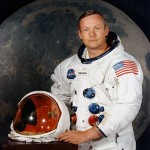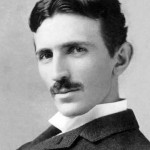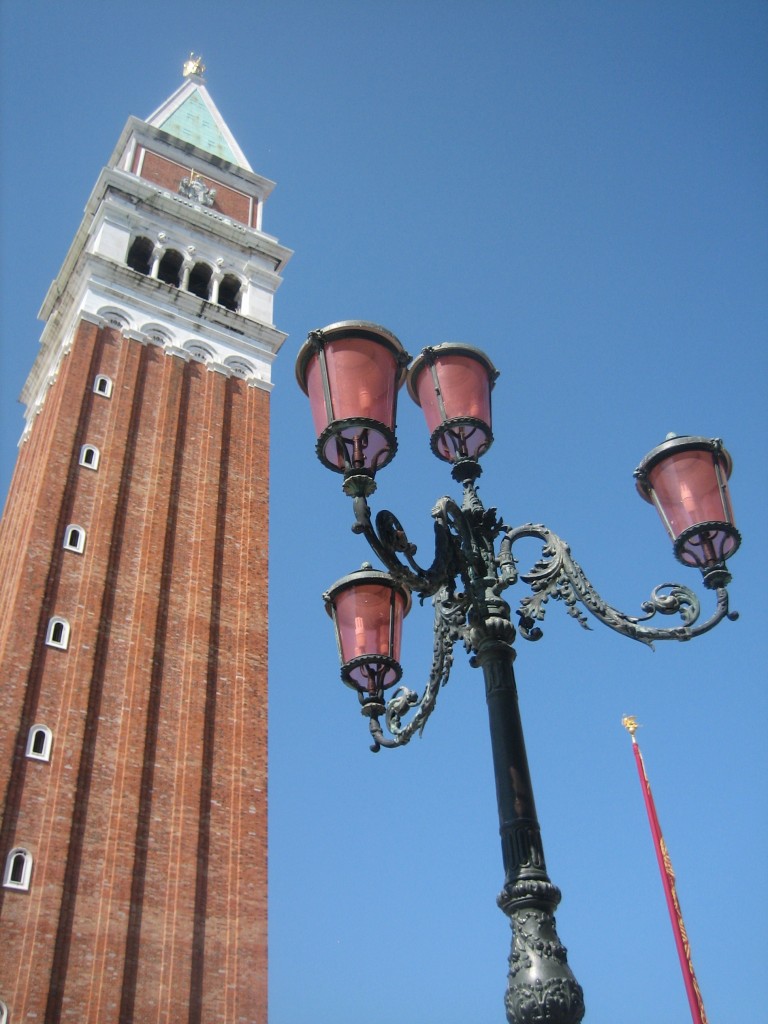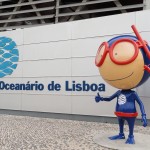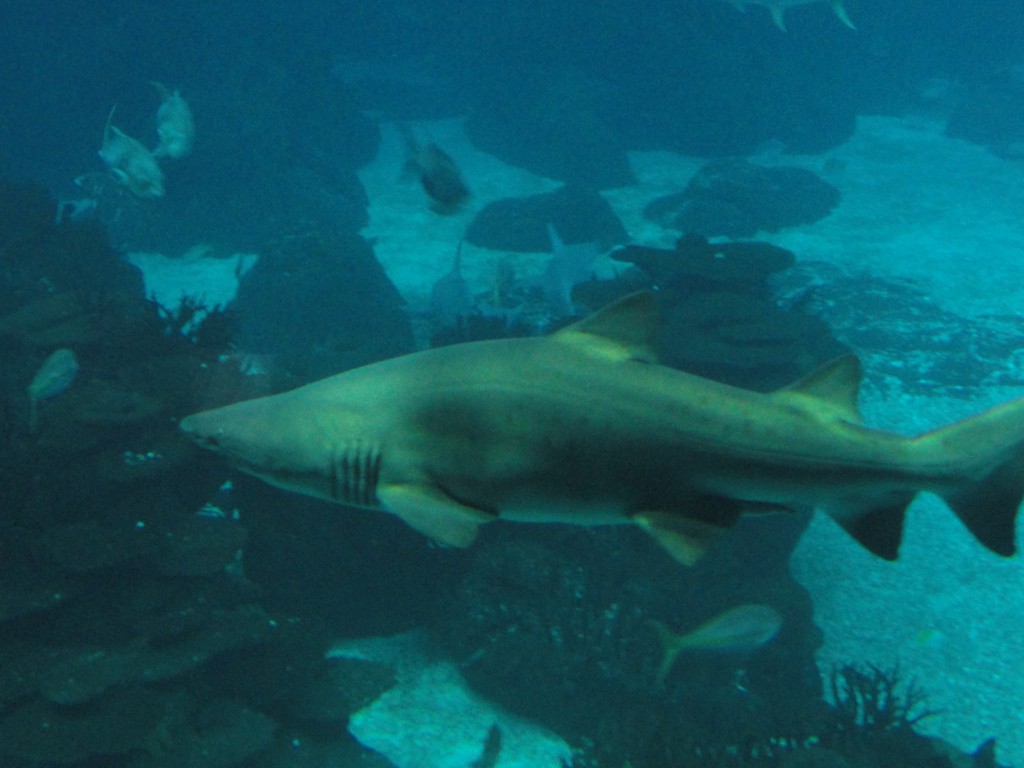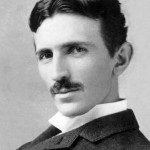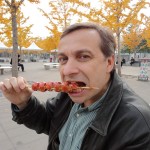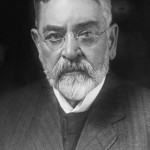 With his huge Tesla coil ready to go, Tesla was eager to try some large scale experiments way beyond the scope that he could have accomplished in his little New York City laboratory. This new lab in Colorado Springs was perfect. His long-time assistant, Kolman Czito, had made all the preparations. The primary device was a fence-like wall seventy-five feet in diameter, around which were wound “the turns of the giant primary coil.” Inside was a secondary coil “about ten feet in diameter,” also wound with wire. In the center of this coil stood a 200-foot tall mast stretching through the open roof into the crisp Colorado sky, a three-foot copper ball gracing its point.
With his huge Tesla coil ready to go, Tesla was eager to try some large scale experiments way beyond the scope that he could have accomplished in his little New York City laboratory. This new lab in Colorado Springs was perfect. His long-time assistant, Kolman Czito, had made all the preparations. The primary device was a fence-like wall seventy-five feet in diameter, around which were wound “the turns of the giant primary coil.” Inside was a secondary coil “about ten feet in diameter,” also wound with wire. In the center of this coil stood a 200-foot tall mast stretching through the open roof into the crisp Colorado sky, a three-foot copper ball gracing its point.
As instructed by Tesla, Czito closed the switch for one second exactly as Tesla watched the coil from the open doorway. Electrical charges glistened around the secondary coil, then immediately were gone as the switch was opened again. Satisfied that all was working after another short test, Tesla told Czito to close the switch on his command and then hold it closed until Tesla told him to open it. Once Tesla got outside where he could watch the copper ball on the tip of the mast, the command was given:
“Czito, close the switch—now!
As with the brief contacts, the secondary coil became immersed in electrical fire. But now with the extended contact the electricity crackled and popped with energy. Soon the crackling turned to sharper snapping like rifle fire, then roars like cannons. “The thunder was terrifying and the thunder shook the building in a most threatening fashion,” Tesla would write in his notebook.
Outside, Tesla stood in awe of his own device. Streaks of lightning shot from the ball. First extending only about 10 feet, then 20 feet, then 30…40…80 feet. Finally, bright blue bolts of lightning more than 135 feet long were shooting out from the ball further than the length of the building itself. Tesla was even creating thunder. It was the most spectacular sight, even to the someone who had been creating electrical charges nearly all his life. Tesla marveled at all that this accomplishment could do for bettering the lives of mankind throughout the world.
And then as suddenly as a bolt of lightning, nothing. The whole apparatus went dead. No lightning, not even the slightest spark. The entire lab was dark. There was no power in the lab at all.
Furious, Tesla called up the Colorado Springs powerhouse to complain about having his power cut off. Only then did he realize that not only his lab, but the entire city, had lost power. Tesla’s experiments had knocked the city’s generator offline, and worse, it was on fire.
Tesla had overstayed his welcome. Worse, the city later charged him for all of the “free electricity” that had been promised when he agreed to move to Colorado. Feeling both elated by his discoveries and dejected by how he was treated, Tesla made plans to return to New York.
And from New York – to Wardenclyffe.
[The above is an adaptation modified for the purposes of this short space. Much more will be in my forthcoming book: Nikola Tesla: Scientific Rock Star.]
Don’t forget to subscribe to the posts by email on the home page. And feel free to friend me on Facebook and LinkedIn. Share with your friends with the buttons below.



